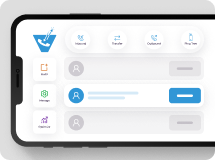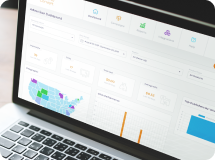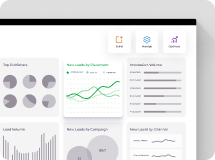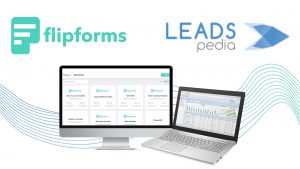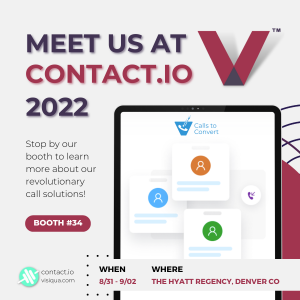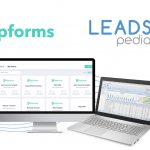Laying the foundation for Lead Scoring
Progressing past the simple short form campaigns discussed in the last edition of our blog, we land on a group of campaigns that share several different names and approaches but a similar objective: generating a lead for a high consideration purchase. In consumer-focused campaigns, these are high dollar items like appliances, remodels, or even cars. In the B2B space, this tends to be the lead generation approach of choice for large marketing organizations. These are ones that are pushing products with not only high price tags, but long purchase cycles and significant internal sign-off requirements. The vehicle of choice for both of these groups of late has been Content Marketing. Within this environment you have a great chance to educate users, to build brand loyalty, and to cultivate advocates.
The downside of content marketing is that it requires significant investments in research, nurturing , and analytics to be effective, far more than a simple banner campaign. These downsides increase both lead costs as well the risks posed to marketers from poor quality data. Hence the need for considerable discussion about traffic scoring and data hygiene, which we began to touch on in our article about short-form campaigns. As we shift into the long form we get a new tool for our arsenal – lead scoring. More correctly, we now have the ability to lay a foundation for lead scoring.
Why Lead Scoring?
This is not a new idea. There are nearly two decades of data, thought leadership, testing, execution and emphasis in the lead scoring space. For example, Monster, fifteen years ago, had built a progression metric into their long-form campaigns that served as a rudimentary lead scoring tool. In the Early 2000’s B2B marketers began testing solutions to pre-qualify and rank their data. Today dozens of companies will sell you an out of the box solution including Marketo, Eloqua, Silver Pop, and SalesForce. The latest iteration of this is Social Scoring which is really just a nice way of saying validating your existence and interest via a social footprint.
In my way of thinking, someone’s Facebook profile has limited use in evaluating their propensity or ability to buy cloud services as an example. All of this history and these detailed point solutions for lead scoring illustrate just how important marketers consider lead scoring. Getting the most qualified, most urgently interested leads in the hands of your sales team increases close rates, drops lead cost, boosts revenue and increases brand loyalty.
Why the Long Form?
We know why you would want to score leads. We’ll look next at how, or more specifically: why the long form and associated registration flow is an ideal foundation within a content marketing campaign to build a lead scoring regimen. One advantage to a content marketing campaign is that prospects are well qualified. They have been educated about your product, it’s position in the market and benefits. Leveraging this longer format to capture and score data builds off that advantage. Including multiple assets, video, external downloads, multiple pages a user will progress through further refines the prospect pool and give you more points to measure value than a short form focused on converting the data and getting it into a CRM.
How and what to measure?
With a multi-page flow in place that provides numerous exits and ability to consume more content, as well as the data validations/traffic scoring discussed here, you are ready to build a basic in-house lead scoring system. You’ll need to decide on what items to measure and what values to attribute to those data points. Your list will vary based on use case but some of the KPI’s we most frequently recommend to clients are:
a) The number of pieces of content consumed.
b) Qualification based on form fields.
c) Business and account relevant data.
d) IP to geo of accounts.
e) Pieces of content consumed in one registration setting. f) The validity of phone number.
g) The number of times a user returns to the site.
h) The rate of progression through the form (too fast or slow).
i) Interaction with dripped emails.
j) Interaction with re-targeted creative.
There are numerous options out there based on campaign type, if you’d like to understand more drop us a line. The key takes away should be that by watching a prospect through the funnel and measuring it you’ll be able to automate the priority of your responses to potential customers, increase your close rates, and better optimize your media spend.


